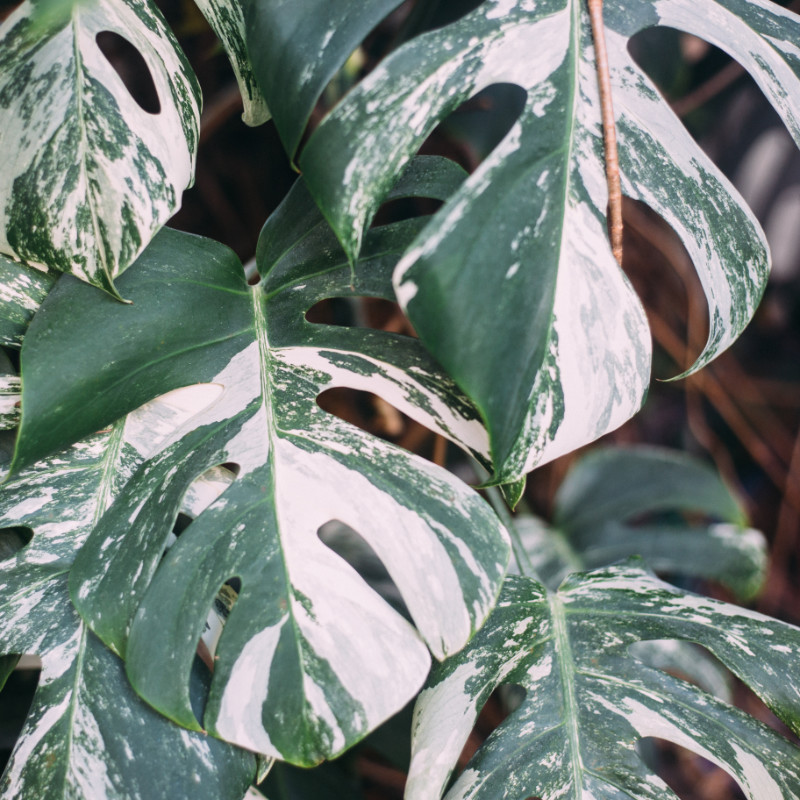All About the Amazing Typha latifolia: Benefits and Uses

Descubre todo sobre Typha latifolia: sus características, hábitat, usos y beneficios. Conoce esta fascinante planta acuática y su importancia ecológica.

Descubre todo sobre Typha latifolia: sus características, hábitat, usos y beneficios. Conoce esta fascinante planta acuática y su importancia ecológica.

The Monstera Albo is a special variety of the popular Monstera Deliciosa. Known for its spectacular white and green leaves, this plant is an excellent choice to add an exotic touch to any home or garden.

Bien conocido es por todos el problema actual con los elementos y productos de plástico. Su proceso de producción es sumamente contaminante y nocivo para la salud así como el problema de los residuos que se esparcen por tierra, mar y aire y que incluso llegan a contaminar nuestro propio cuerpo. En Bas, cada vez […]

Nada viste más un hogar que una planta bella y bien cuidada. Pero, más allá de los habituales cactus, las monsteras y las conocidas como «lenguas de suegra» (las Sansevieria Trifasciata), hay algunas plantas raras que pueden darle a tu vivienda ese toque singular tan difícil de lograr. Olvídate de renovar tu mobiliario, los textiles […]

A continuación te mostramos algunas de las plantas colgantes más resistentes y bellas que puedes utilizar para decorar aquellos rincones de tu casa. Procura dar un toque elegante y singular a tu espacio y considera que tipo de maceta es adecuada para cada planta. Y no te olvides que en las plantas hay belleza y […]